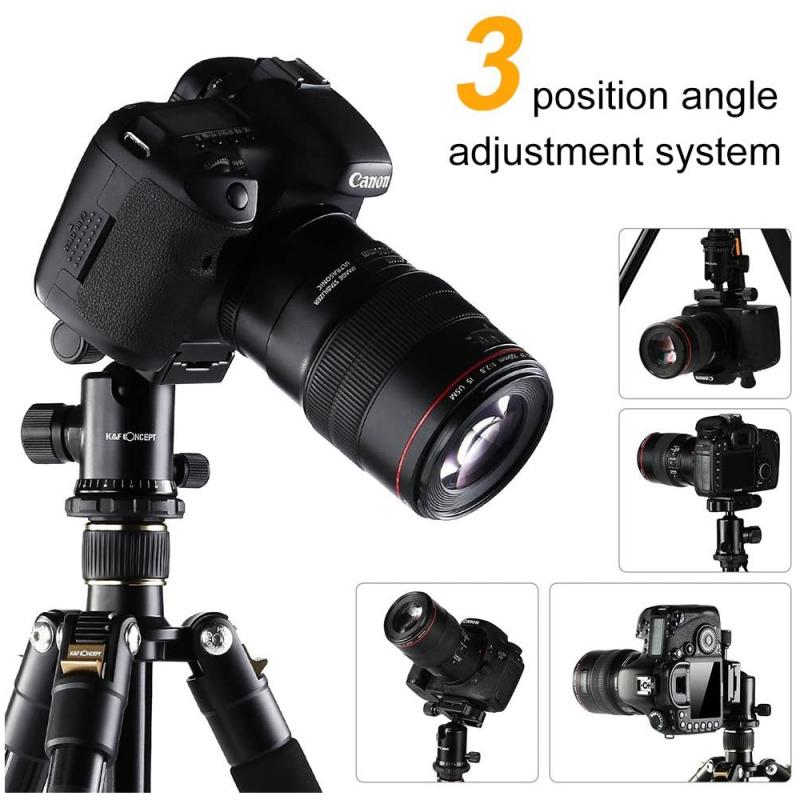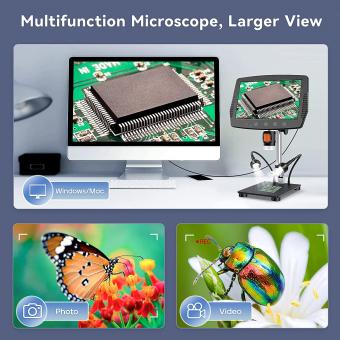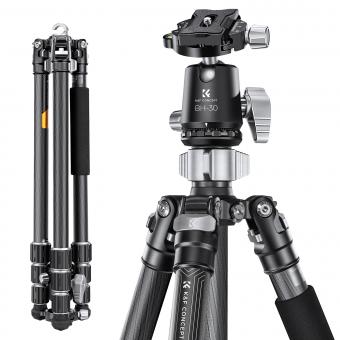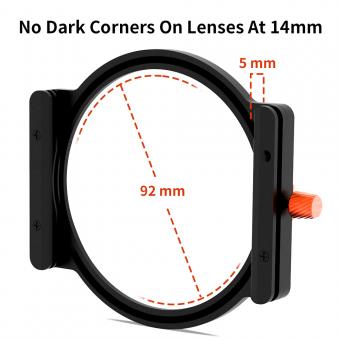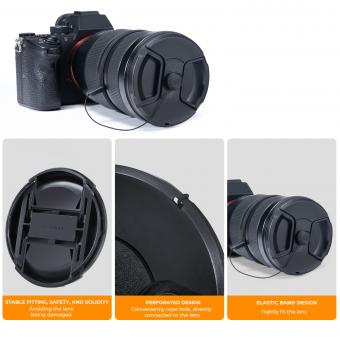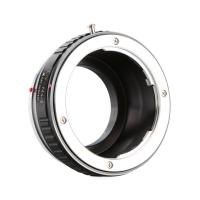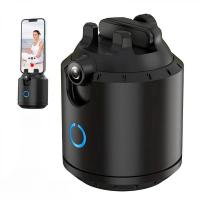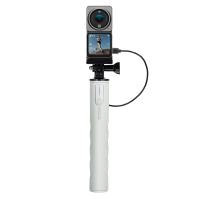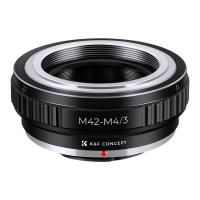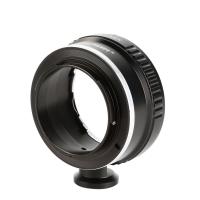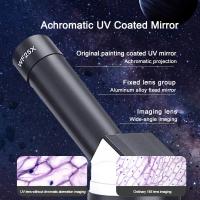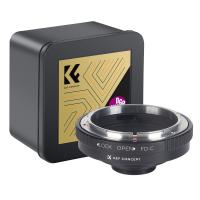Smithsonian Microscope How To Turn On Light ?
To turn on the light of a Smithsonian microscope, locate the power switch or button on the microscope. This switch is usually located near the base or on the side of the microscope. Flip the switch or press the button to turn on the light source. The light should illuminate the specimen or slide being observed, allowing for better visibility and clarity during microscopy. Adjust the intensity of the light if necessary using any available brightness controls.
1、 Power source and connection for microscope light
To turn on the light of a Smithsonian microscope, you will need to locate the power source and establish the necessary connection. The specific method may vary depending on the model of the microscope, but generally, there are a few common steps to follow.
First, check if your microscope has a built-in light source or if it requires an external power supply. If it has a built-in light, you will typically find a switch or a dial on the microscope body to turn it on. If it requires an external power supply, you will need to connect the microscope to a power source using the provided power cord.
For microscopes with built-in lights, ensure that the microscope is properly plugged into an electrical outlet or that the batteries are correctly inserted. If the light still does not turn on, check the batteries or try a different outlet to rule out any power issues.
If your microscope has an external light source, it may require additional steps. Some microscopes have a separate power supply unit that needs to be connected to the microscope using a cable. In this case, locate the power supply unit and connect it to the microscope according to the manufacturer's instructions.
It is important to consult the user manual specific to your Smithsonian microscope model for detailed instructions on how to turn on the light. The manual will provide accurate and up-to-date information on the power source and connection requirements for your microscope.
In conclusion, to turn on the light of a Smithsonian microscope, you need to identify the power source and establish the appropriate connection. Follow the instructions provided in the user manual for your specific microscope model to ensure proper operation.

2、 Locating the light switch or control button
To turn on the light on a Smithsonian microscope, you need to locate the light switch or control button. The exact location of the light switch may vary depending on the specific model of the microscope you are using. However, most Smithsonian microscopes have a light switch or control button located near the base of the microscope.
To find the light switch, start by examining the base of the microscope. Look for any buttons or switches that are labeled with symbols such as a light bulb or a sun. These symbols typically indicate the location of the light switch. If you cannot find any labeled buttons or switches, carefully inspect the base for any unmarked buttons or switches that may control the light.
Once you have located the light switch or control button, simply press or toggle it to turn on the light. Some microscopes may have multiple light settings, such as high and low intensity, so you may need to press the switch multiple times to adjust the brightness level.
It is important to note that the latest models of Smithsonian microscopes may have advanced features, such as LED lights or digital controls. In such cases, the light switch or control button may be integrated into a digital interface or touchpad. Refer to the user manual or manufacturer's instructions for specific guidance on how to turn on the light for your particular microscope model.
In conclusion, to turn on the light on a Smithsonian microscope, locate the light switch or control button, typically found near the base of the microscope. Press or toggle the switch to activate the light, and adjust the brightness level if necessary.
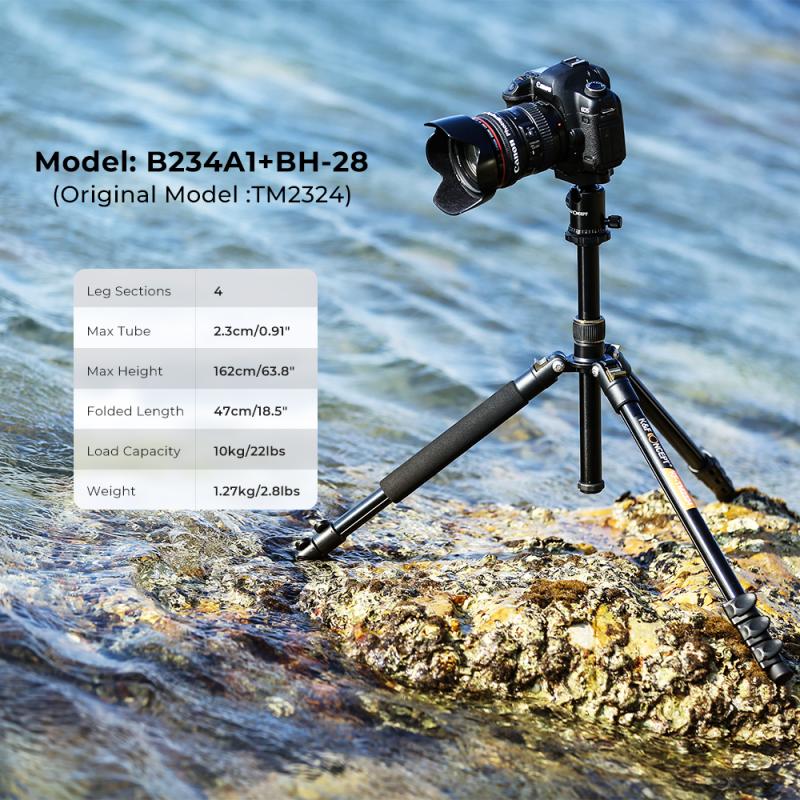
3、 Adjusting the light intensity or brightness
To turn on the light of a Smithsonian microscope and adjust the light intensity or brightness, follow these steps:
1. Locate the power switch: The power switch is usually located on the base of the microscope. It may be a toggle switch or a button. Flip the switch or press the button to turn on the microscope.
2. Find the light control knob: Once the microscope is powered on, locate the light control knob. This knob is typically located on the side or front of the microscope base. It allows you to adjust the intensity or brightness of the light.
3. Adjust the light intensity: Rotate the light control knob clockwise to increase the light intensity or brightness. Rotate it counterclockwise to decrease the intensity. Make small adjustments until you achieve the desired level of brightness.
4. Observe the specimen: After adjusting the light intensity, look through the eyepiece or the viewing tube to observe the specimen. If the lighting is too bright, it may wash out the details. If it's too dim, the specimen may not be clearly visible. Continue adjusting the light intensity until you have optimal visibility.
It's important to note that the specific location and design of the power switch and light control knob may vary depending on the model of the Smithsonian microscope. Therefore, it's always a good idea to consult the microscope's user manual for detailed instructions specific to your model.
In recent years, advancements in microscope technology have led to the development of LED illumination systems. These systems offer several advantages over traditional halogen or incandescent bulbs, including longer lifespan, lower energy consumption, and adjustable brightness levels. Some modern microscopes may feature touch-sensitive controls or digital displays to adjust the light intensity, providing a more user-friendly experience.

4、 Troubleshooting common issues with microscope light
The Smithsonian microscope is a popular choice for both amateur and professional scientists alike. However, like any electronic device, it can encounter some common issues with its light source. If you are having trouble turning on the light of your Smithsonian microscope, here are some troubleshooting steps you can follow:
1. Check the power source: Ensure that the microscope is properly connected to a power outlet or that the batteries are correctly inserted. If using batteries, make sure they are not depleted and try replacing them if necessary.
2. Inspect the light bulb: Examine the light bulb to see if it is burnt out or damaged. If so, replace it with a new one. It is recommended to use the specific bulb model recommended by the manufacturer to ensure compatibility.
3. Verify the light intensity settings: Some microscopes have adjustable light intensity settings. Make sure the light intensity is set to an appropriate level for your observation needs. Adjust the intensity knob or switch accordingly.
4. Clean the connections: Over time, dust and debris can accumulate on the connections between the light source and the microscope. Gently clean these connections using a soft, lint-free cloth to ensure a proper electrical connection.
5. Seek professional assistance: If none of the above steps resolve the issue, it may be necessary to contact the manufacturer's customer support or consult a professional microscope technician for further assistance.
It is important to note that the latest point of view on troubleshooting microscope light issues may vary depending on the specific model and any updates or advancements made by the manufacturer. Therefore, it is always recommended to refer to the user manual or contact the manufacturer for the most up-to-date troubleshooting guidance.
